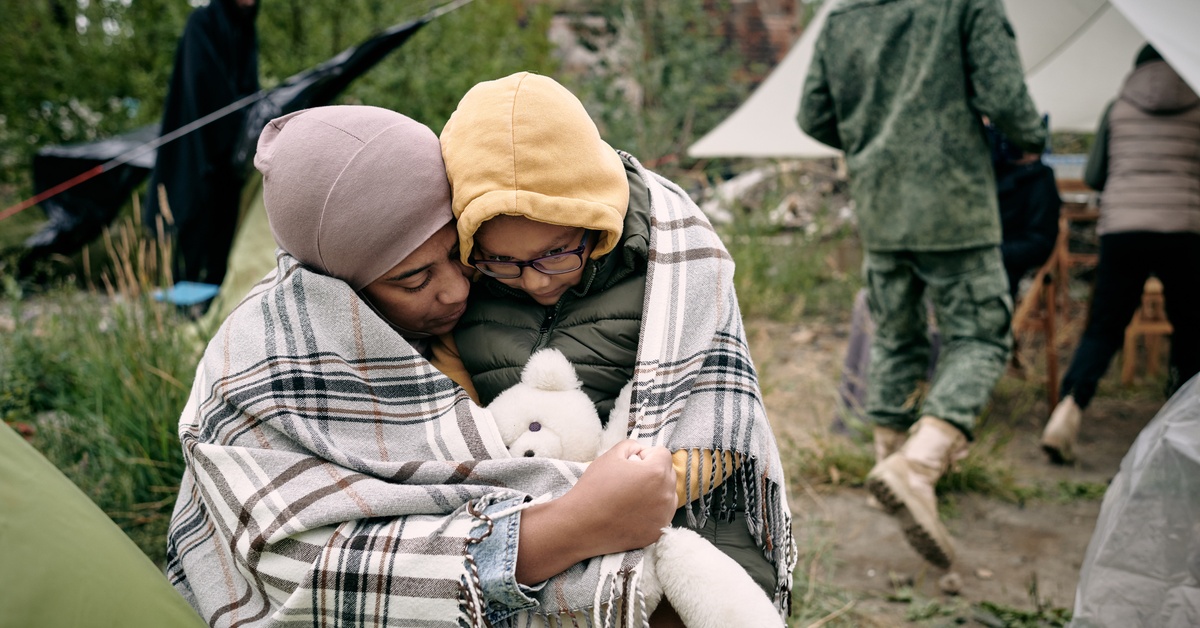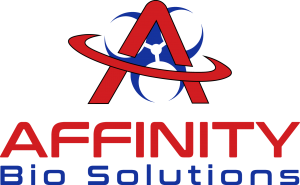
When an unhoused encampment grows in your community, emotions often run high. Residents may worry about safety and declining property values while feeling empathetic toward those who are experiencing homelessness. While the presence of a camp can pose real risks, the most effective solutions start with compassion and coordination. Mobilizing the neighborhood to clean up a homeless camp is an impactful way to bring the community together and protect public health.
Building Community Support
To initiate the cleanup process, connect with your neighbors. Host a meeting to address concerns and explore solutions. Remember to frame the cleanup as a step toward safety and public hygiene rather than a move to displace individuals.
Next, enlist the support of your local homeowners association (HOA), nonprofits, and neighborhood watch programs. Collaborating with organizations that support the unhoused can open the door to social work and transitional housing resources.
Coordinating With Local Officials
You should also contact local authorities to report the encampment. Many municipalities have protocols for addressing these camps, especially when public land or biohazards are involved. Inform your neighbors about the agencies involved and what to expect during the process.
Prioritize Safety
Safety should be the top priority during your cleanup effort. Gather and distribute protective gear such as gloves, masks, and puncture-resistant tools like tongs or grabbers to reduce the risk of injury or exposure to biohazards. Untrained volunteers should avoid handling potentially dangerous materials like needles, feces, or soiled items.
Provide Essential Supplies
In addition to safety gear, having the right supplies on hand helps make the cleaning process smoother and more efficient. Stock up on trash bags, hand sanitizer, water, and disinfectants to support volunteers and maintain a clean environment during the cleanup. You might want to include food on your supply list as well. Small snacks like bananas and trail mix provide energy and can perk up flagging spirits.
Follow Proper Waste Disposal
After the cleanup, dispose of waste in accordance with local regulations. Separate recyclable items, general waste, and hazardous materials like batteries and old laptops. Improper disposal can cause long-term environmental damage or create additional health hazards for the community.
When To Call In the Experts
While community-led efforts are commendable, some situations demand professional intervention. Besides regulatory complexities, improper handling of biohazardous materials can exacerbate health risks.
Mobilizing the neighborhood to clean up a homeless camp becomes significantly safer and more efficient when supplemented by the expertise of a biohazard cleanup company. At Affinity Bio Solutions, we provide the necessary tools, certifications, and experienced personnel to address biohazardous conditions effectively. Contact our team today to learn how certified experts can support your community’s needs.
